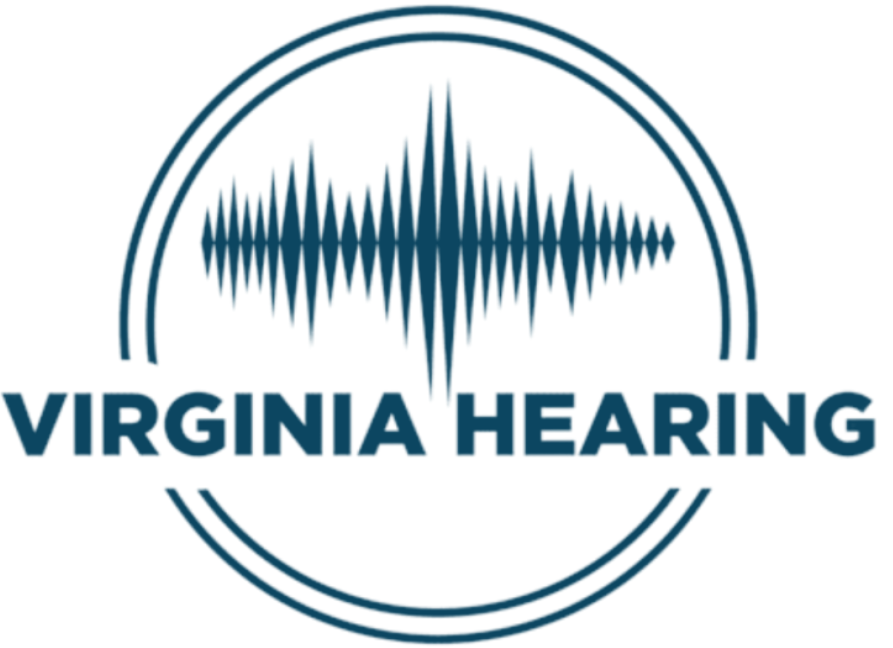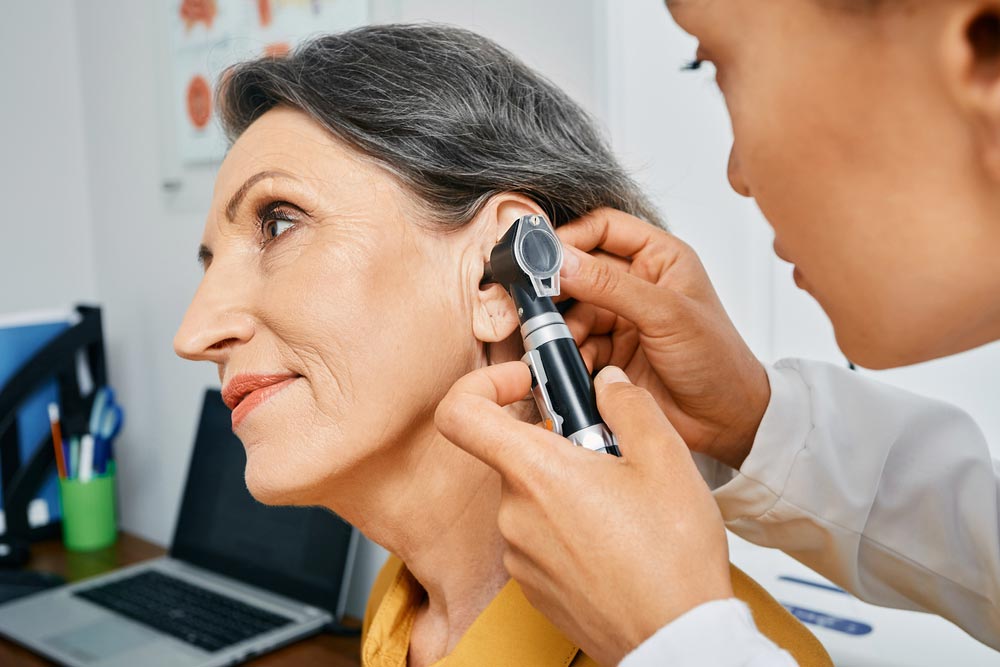A diagnostic hearing evaluation consists of several tests designed to determine the level at which a patient can detect and then understand speech in both quiet and noisy settings as well as the overall health of the auditory system. Tests included are as follows:
Otoscopy: visual examination of the outer ear and tympanic membrane via a lighted device called an otoscope.
Tympanometry: This is a test in which pressure and sound are introduced to the ear and then a measurement of the reflection of the sound is taken to form a visual representation of the movement of the tympanic membrane. This test helps determine the health of the middle ear and the type of hearing loss a patient may experience.
Puretone Testing: This is a test in which the patient wears headphones or inserts through which tones of different volumes and pitch levels are transmitted and the patient responds when the tone is heard. This allows the practitioner to diagnose the degree and severity of hearing loss.
Speech Reception Testing: This is a test in which the patient repeats words while the practitioner adjusts the volume level at which the words are presented. The goal is to find the softest volume level the patient can accurately repeat the words presented. The purpose of this test is to help the practitioner determine the appropriate level to perform speech discrimination testing.
Speech Discrimination Testing-this is a test in which the patient repeats words, but the volume level remains the same throughout and is performed in quiet. This allows the practitioner to determine how the auditory system functions at volume levels that are loud enough for the patient given all the previous tests performed.
Speech in Noise Testing: While the previous testing is important, the fact that it is performed in a quiet atmosphere does not always give a fully accurate picture of the functionality of the auditory system. To provide a clearer picture, the audiologist performs tests like the previous speech tests but in the presence of noise. This allows the practitioner to determine how effective hearing aids will be for the patient and if other devices would be necessary to compensate for the deficits present.


